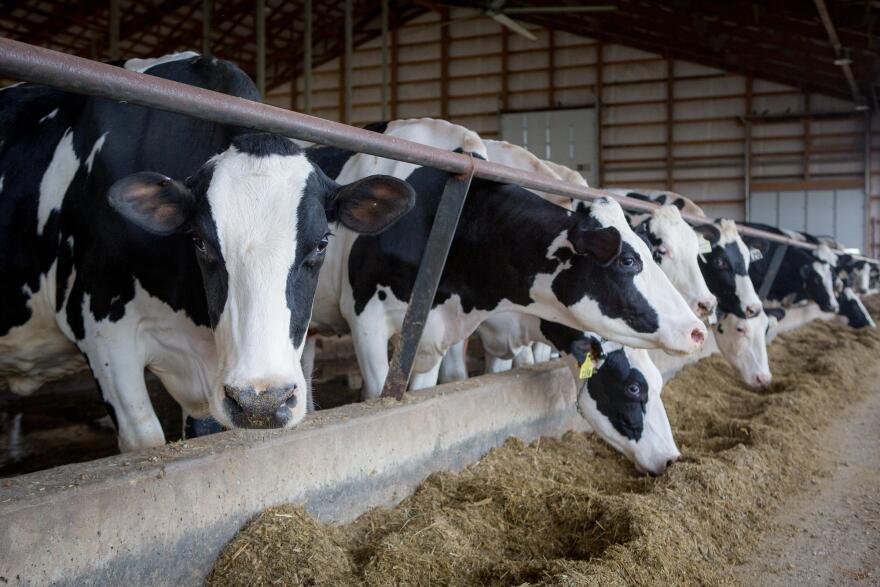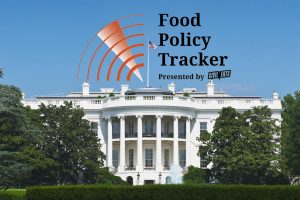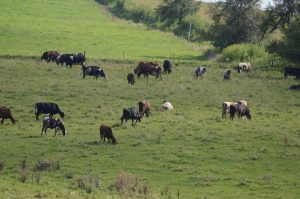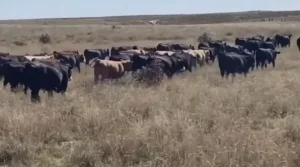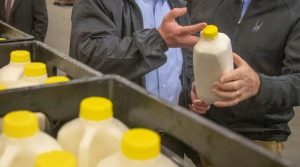
Over the past couple of years, Iowa’s dominant agricultural and energy production systems find themselves under increasing scrutiny.
In the press, we have esteemed educators such as Kamyar Enshayan, director of the University of Northern Iowa’s Center for Energy and Environmental Education, raising the issue of “food system brutality” in Iowa, respected and experienced Iowa farmers such as Francis Thicke claiming that corn ethanol is “heading toward obsolescence,” and decorated journalists such as Storm Lake’s Art Cullen noting Iowans getting “fed up with hogs fouling our nests.” In the scientific literature, we have state experts such as Chris Jones (IIHR research engineer for water-quality monitoring) finding that nitrates in Iowa’s streams have increased 83% since 1999 largely due to CAFO expansion, peer-reviewed papers like one published in Proceedings of the National Academy of Sciences that found corn ethanol to be one-quarter more carbon intensive than gasoline, and public health studies that find higher rates of asthma and harmful antibiotic resistance in children raised in Iowa. Now, in the Statehouse, we have legislator Art Staed vying for a moratorium on new CAFOs and a bill supported by both parties to delay eminent domain hearings for new pipelines to benefit fertilizer and corn ethanol companies.
Many people of different perspectives are raising good reasons to question the continued sustainability of our current agricultural and energy system. However, few are pointing to any logical alternatives for how to begin a transition away from that system. And, as Buckminster Fuller put it, “You never change things by fighting the existing reality. To change something, build a new model that makes the existing model obsolete.”
In lieu of an economically or practically feasible alternative for Iowa’s farm system, we are left with vague and tenuous dreams of what a post-ethanol, post-CAFO, post-monoculture Iowa will look like.
The current state of Iowa is on one side of the river — controlled by government allegiance with corporate consolidation making profit lines razor-thin for farmers, 1 in 8 Iowa children facing hunger, most Iowans working industry jobs earning wealth for out-of-state corporations, and toxin-ridden topsoil eroding into our waterways at 5 to 7 tons/acre per year. The dream state of Iowa is in on the other side of the river — centered around local communities creating resilient food systems in which farmers are able to regain the freedom to profit from what they produce, all Iowans are fed by nutritious Iowa food, tens of thousands of small-business jobs are created to keep money in circulation in small towns, and all of Iowa’s soil erosion and water quality problems begin to heal.
Don’t get me wrong, I do believe in this Iowa, and I do believe that improvements in the regional food system make our “dream” Iowa very achievable. There is still one very large elephant in the room, however, and that is the amount of land in Iowa, and the relatively few people to care for all of it. Sure, there is TONS of room for a growing number of diverse food farmers in this state. We could have 20 dairies producing organic pasture-raised milk and yogurt like Radiance Dairy in Fairfield instead of just one and 50 operations like Farmers’ Hen House selling pasture-raised eggs, and that would produce tons of new jobs and still wouldn’t meet the demand for all of Iowa. But could regional food systems really support all of Iowa’s land being transitioned to food? And even if they could, could Iowa really produce 30.6 million acres of food with its current workforce?
Let us compare Iowa (largest agricultural state for corn, hogs, laying hens, ethanol, and livestock feed) to California (largest agricultural state for dairy, organic farms, spinach, tomatoes, lettuce, strawberries, melons, and almonds). Iowa has 30.6 million acres of farmland, 216,704 farmworkers, more than 10,000 CAFOs, and over 24 million hogs and 60 million chickens. California has 25.6 million acres of farmland, 829,300 farmworkers, 68,000 restaurants, and 39.51 million residents. Based on population, climate, and infrastructure, markets have created a reality where these two states have very different roles in global agriculture. Iowa is producing for huge amounts of livestock on massive amounts of land with very low labor input. California is producing for huge amounts of humans on less land and with four times the amount of labor.
Despite all the environmental harms, low profitability for farmers, and “food system brutality” in Iowa, our current circular system of row-cropping and CAFOs allows our state to make money and fulfill our agricultural role (in whatever way, “feeding the world”). To abandon our niche would irreparably harm Iowa’s economy and leave the rest of the world scrambling to make up for our lost production. As climate changes, populations move, and local markets and infrastructure evolve, we can all hope that Iowa will again one day become a haven for vibrant small towns and real food production. But for now, the simple reality is the vast majority of Iowa’s agricultural economy will continue to be a leader in livestock and ethanol production, as well as the feedstock needed to produce those two goods. If we do not make the means of production for our current markets more sustainable, we will continue being a leader in agriculture-caused climate change and environmental degradation, and will not have any non-toxic, arable land left for the future we hope for in Iowa.
So, the real question becomes: “How do we continue producing ethanol and livestock on a massive scale sustainably now?” This is a question that I myself would have thought laughable and impossible even three months ago. My friends (and my enemies even better) know that I believe CAFOs and corn ethanol are among the most archaic, dismal, and backwards uses of modern technology. But what if we can continue raising ethanol and livestock without CAFOs and corn, and what if it will actually produce both higher-quality fuel and higher-quality meat, while sequestering carbon in the soil and drastically limiting if not completely eliminating the need for toxic, petroleum-based agricultural inputs of fertilizer and pesticides?
Cue the concepts of perennial grazing and cellulosic ethanol. As we all know, many livestock are naturally accustomed to graze on pasture. Just as the bison who roamed the prairie before European settlement 200 years ago, modern-day chickens, goats, lamb, hogs, and beef can graze on perennial pasture here in Iowa, all the while stomping, chewing, and fertilizing the ground to build up nutrient and organic material in the soil to sequester carbon and grow stronger forage. What you may be surprised to learn, however, is that this same land can be used to produce ethanol. Cellulosic ethanol is fuel produced from the biomass of any plant, including those which can be used for livestock grazing. Not only does cellulosic ethanol production require was less soil disturbance and chemical inputs, it has the potential to cut greenhouse gas emissions relative to regular gasoline by as much as 86%, compared with corn ethanol, which averages a reduction of 19%.
The current system of corn, livestock, and ethanol production makes little sense because it pairs a high-input, high-emissions crop strategy with unhealthy, unethical meat production and relatively inefficient biofuel (heck, it is so illogical it is even trying to use liquid carbon pipelines and turn methane into natural gas to try and make it seem more sustainable). A transition to a system of perennial grazing and cellulosic ethanol production makes much more sense because it pair a low-input, carbon-sequestering strategy of raising plants with organic, nutritious meat production and a highly efficient biofuel.
There is not one solution that will take Iowa across the river from the current reality to the future of our dreams. A more sustainable Iowa will include pockets of vegetable and specialty crop production, vibrant rural revitalization projects, and a lot more land in natural conservation (maybe even our first national park?). That said, as we are realizing that we need to transform the vast majority of our land which is currently used for corn, ethanol, and CAFOs, it is naïve to expect it to go out of production of livestock and ethanol. Maybe, just maybe, however, our agriculture industries can implement a system where we can raise livestock and ethanol in tandem (as we’ve been doing) in a way that sequesters carbon, refurbishes natural and native ecosystems, and produces two higher-value products. Perennializing our production, as Wes Jackson put it, are our “new roots for agriculture.”
Tommy Hexter grew up on a 2-acre vegetable and egg farm in central Virginia and is a 2021 alum of Grinnell College with a degree focusing on Iowa’s food systems. He is currently a commissioner for the Poweshiek Soil and Water Conservation District, a member of the Iowa Farmers’ Union Board of Directors, and co-owner of a local food market called Grinnell FarmToTable.
